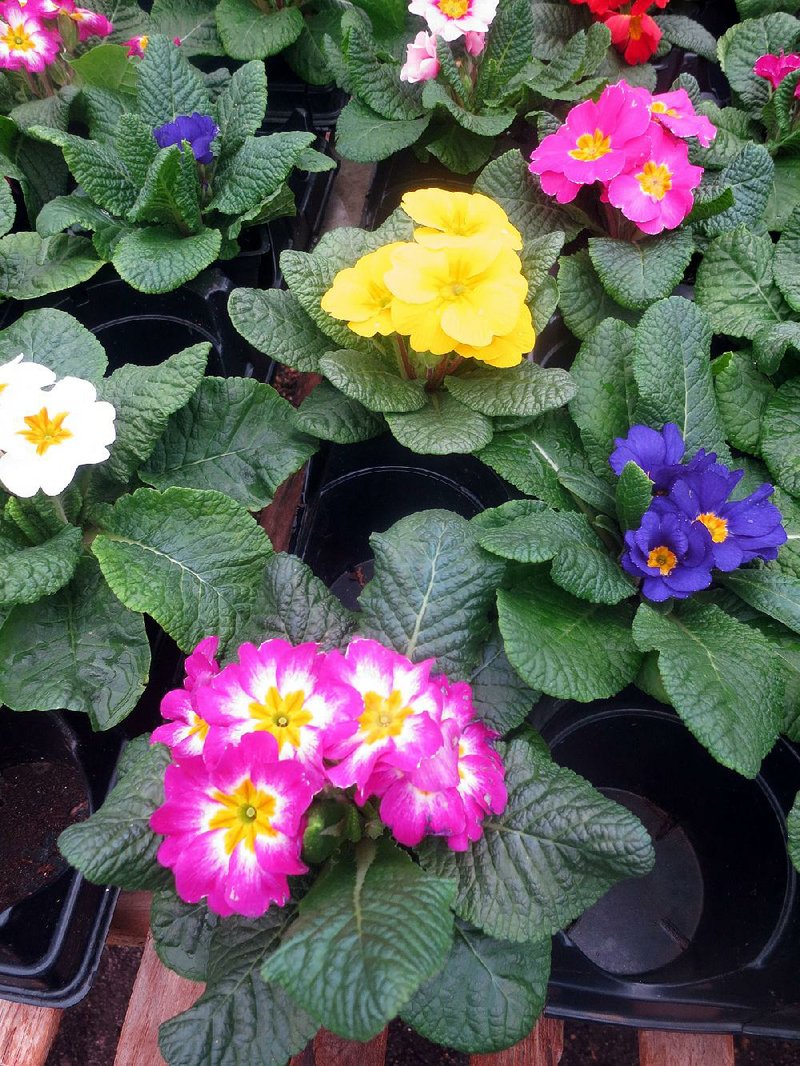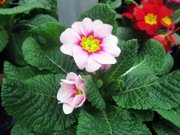MARCH
It seems we left the drought behind us and moved into the monsoon season. We are kicking off gardening in 2018 with a splash. Once it dries up a bit, our soils should be ready for planting.
Now is the time to plant cool-season vegetables, from onions and potatoes to greens, cabbage and broccoli. It is way too early to plant the warm-season lovers, such as tomatoes and peppers, but there is plenty to plant.
It won’t be too long before we are harvesting the first crop of asparagus. When asparagus is in season, it requires a bit of attention. Harvesting every other day or so is needed to prevent the spears from becoming too large. You also want to stop harvesting when spears emerge that are smaller than a pencil in diameter. For those who don’t have an established asparagus bed, now would be a good time to plant one. One-year-old crowns are available at most nurseries and garden centers. Work up your soil and add some organic matter. Dig a trench and spread out the crowns, lightly covering them with soil. As they grow, continue to fill in with more soil until the trench is filled back up. We don’t begin harvesting until the crowns are 3 years old.
Winter weeds got off to a slow start during our relatively cold winter, but they are rebounding quickly. Many are growing rapidly, and some are already in bloom. It is pretty late in the season for herbicides to be very effective on winter weeds, but you still have time to put out a pre-emergent for summer weeds. Once winter weeds begin to bloom and set seeds, damage is done. Mow to keep weeds from setting seeds, but hold off on using any fertilizer until your lawn grass has totally greened up — usually late April to early May. Putting out any fertilizer now is going to feed winter weeds, which don’t need any encouragement.
Many of our February pruning chores didn’t get done — thanks first to the bitter cold and then to the heavy rain. Luckily for us there is still plenty of time to prune those summer-blooming plants including roses, butterfly bush and summer spirea. All fruit trees, grapevines and blueberry bushes also need pruning every year. Ornamentals won’t bloom as well if you don’t prune, and fruiting plants will not give you the high-quality fruit you want. Last year, a mild winter had everything growing early. This year, many plants are just getting started, so there is plenty of time. Do try to get the pruning done by mid-March if you can.
If needed, and only if needed, you can prune crape myrtles, althea and abelia now, but don’t touch the spring-blooming shrubs — many are blooming or beginning to. You prune those after they bloom, not before.
There is some winter damage in landscapes on ornamentals. If you have spring-blooming ornamentals such as loropetalum, azalea or gardenia with damaged leaves, take a wait-and-see approach. Hopefully, the damage will be only cosmetic and the plants will still have flowers, but it’s possible we may have to prune more.
In many gardens, winter annuals are beginning to make a slow comeback. Fertilize pansies and violas to encourage more blooms. If your plants look really bad and you want quick color, consider putting in short-season color plants such as English primroses, calendula and ranunculus. You may also be able to find pansies, dianthus and snapdragons for extra color. They have at least two more months to bloom.
Spring bulbs are going strong. We are well into daffodil season, with tulips not too far away. Spring bulbs are an easy way to add color in a garden, but they do need six weeks of green growth after blooming to set flowers for next year. Crocus, daffodils and hyacinths will come back annually with minimal care, but tulips are a bit of a challenge. To ensure stunning color each spring, it is often best to plant new bulbs each fall.
We can hope that the cold is behind us, but this is the month when we do need to pay attention to forecasts. Plants are most sensitive to frost damage while they are breaking dormancy. Have protection on hand in case cold is predicted.
ENGLISH PRIMROSES
The showy, colorful blooms on English primroses grace the delicate-looking, compact plants right now in nurseries and greenhouses. They are a sure sign that spring is on the horizon.
Native to the Himalayas and cool regions of Southeast Asia and Europe, they thrive with a combination of moist, rich soil and cool, humid air. Unfortunately for us, they are not all that happy in the ground year-round in Arkansas. Summer is too hot and humid. But they make a nice addition to early season color.
While we usually think of two seasons of annuals — warm season for summer and cool season for winter — we also have spring and fall plants. While the warm and cool season plants can extend their bloom periods into these seasons, some years we have less color than others. “Shoulder plants” such as English primroses won’t last a long time, but they are showy and can help us through the transition from winter to summer.
Whether you plant some in the ground or in containers, keep them evenly moist but not waterlogged, and they will bloom until hot weather arrives.
Janet B. Carson is a horticulture specialist for the University of Arkansas Cooperative Extension Service.


